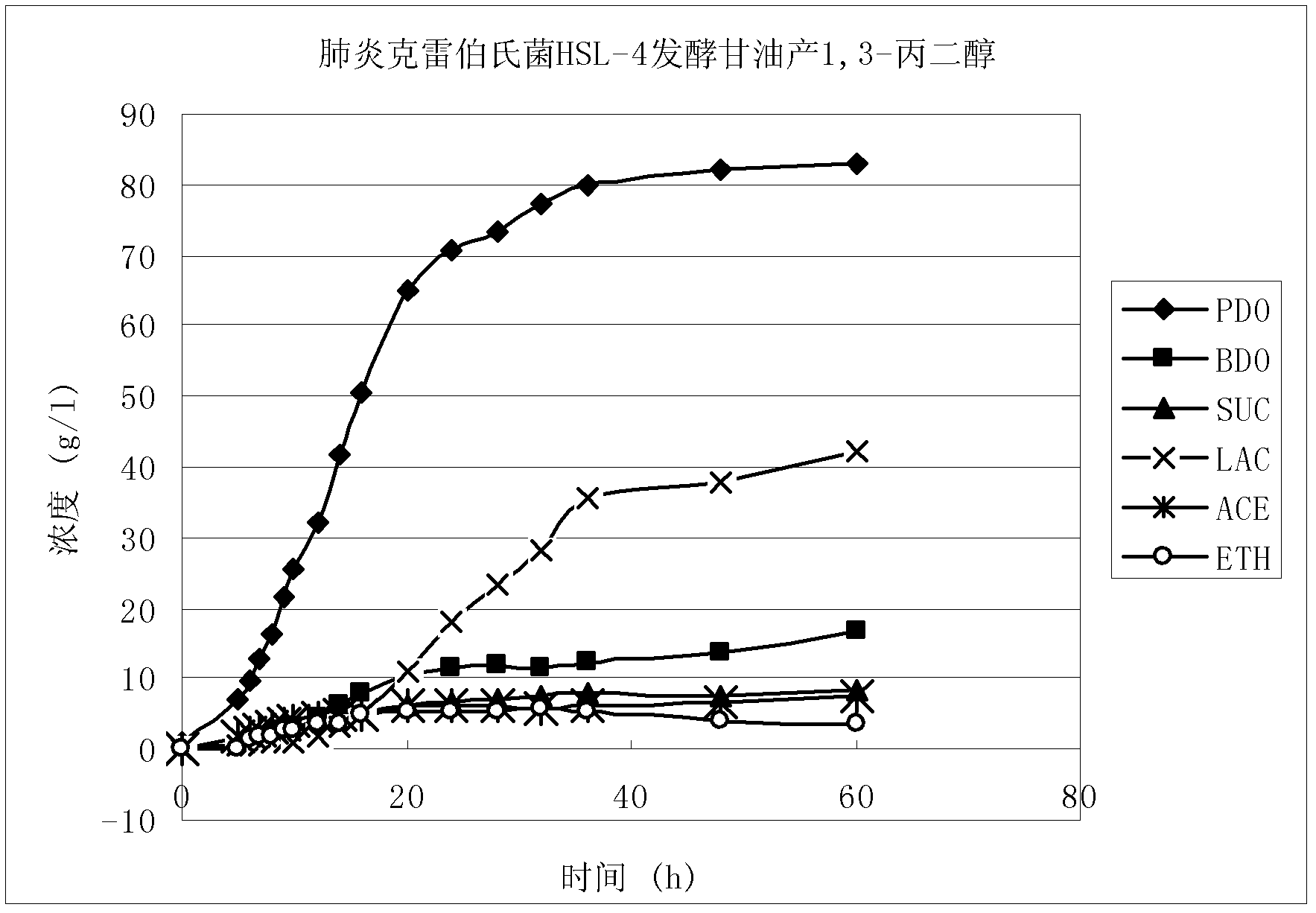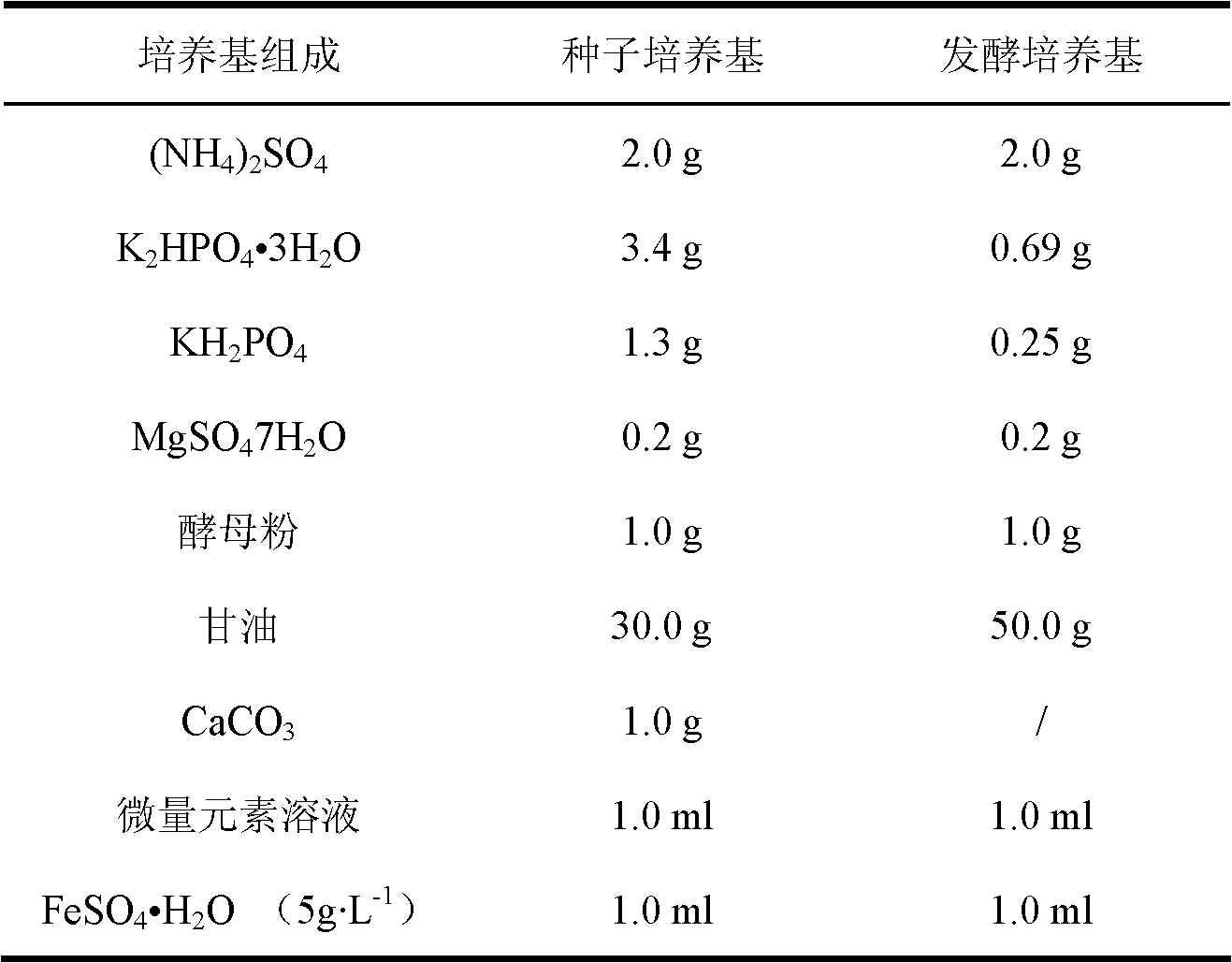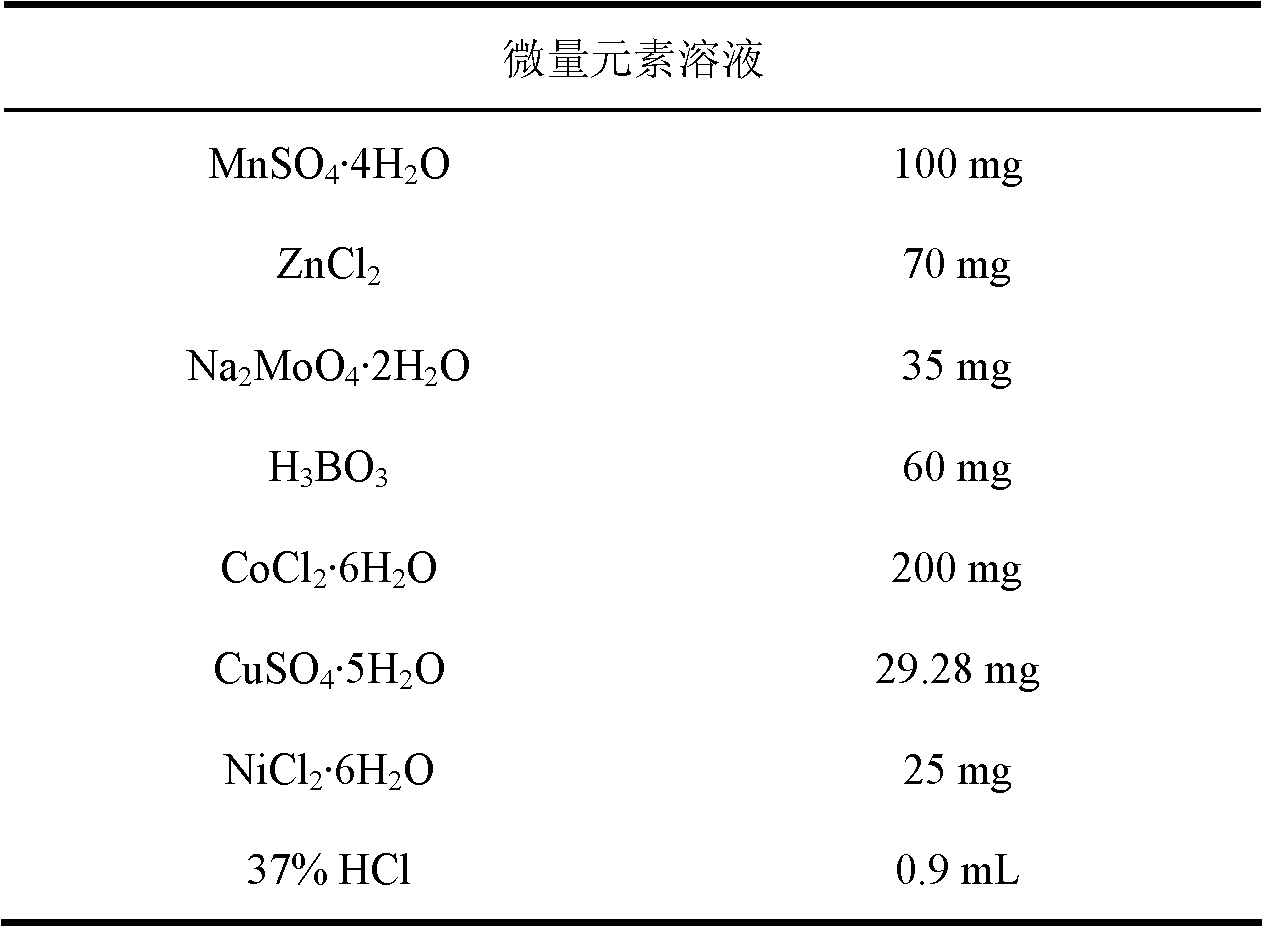Klebsiella pneumoniae from mangrove forest and application thereof in producing 1,3-propylene glycol
A technology for Klebsiella and pneumonia, applied in the field of Klebsiella mangrove and its production 1, can solve the problems of fermentation and production, and achieve the effect of strong tolerance
- Summary
- Abstract
- Description
- Claims
- Application Information
AI Technical Summary
Benefits of technology
Problems solved by technology
Method used
Image
Examples
Embodiment 1
[0020] 1. Isolation and identification of bacterial species
[0021] 1. Sampling: The samples were collected from the surface sediment of the mangrove forests in the mangrove park in Shenzhen City, Guangdong Province after the tide water receded. After the samples were collected, they were put into sterilized polyethylene tubes and brought back to the laboratory for immediate processing.
[0022] 2. Strain isolation and screening:
[0023] (1) Bacterial isolation: mix the sample with phosphate buffered saline (PBS) at a mass ratio of 1:50, let it stand for 30 minutes, discard the lower precipitate, collect the supernatant, centrifuge at 5000g for 10 minutes, take the precipitate, and rewet it with 1ml PBS. suspended sediment. Take 100 μl of the liquid and spread it on MIAC, a high-efficiency Klebsiella isolation medium, and incubate at 37°C for 18-24 hours. The preparation method of MIAC medium is as follows: peptone 20.0g, inositol 5.0g, adonol 5.0g, sodium chloride 5.0g, p...
PUM
 Login to View More
Login to View More Abstract
Description
Claims
Application Information
 Login to View More
Login to View More - R&D
- Intellectual Property
- Life Sciences
- Materials
- Tech Scout
- Unparalleled Data Quality
- Higher Quality Content
- 60% Fewer Hallucinations
Browse by: Latest US Patents, China's latest patents, Technical Efficacy Thesaurus, Application Domain, Technology Topic, Popular Technical Reports.
© 2025 PatSnap. All rights reserved.Legal|Privacy policy|Modern Slavery Act Transparency Statement|Sitemap|About US| Contact US: help@patsnap.com



